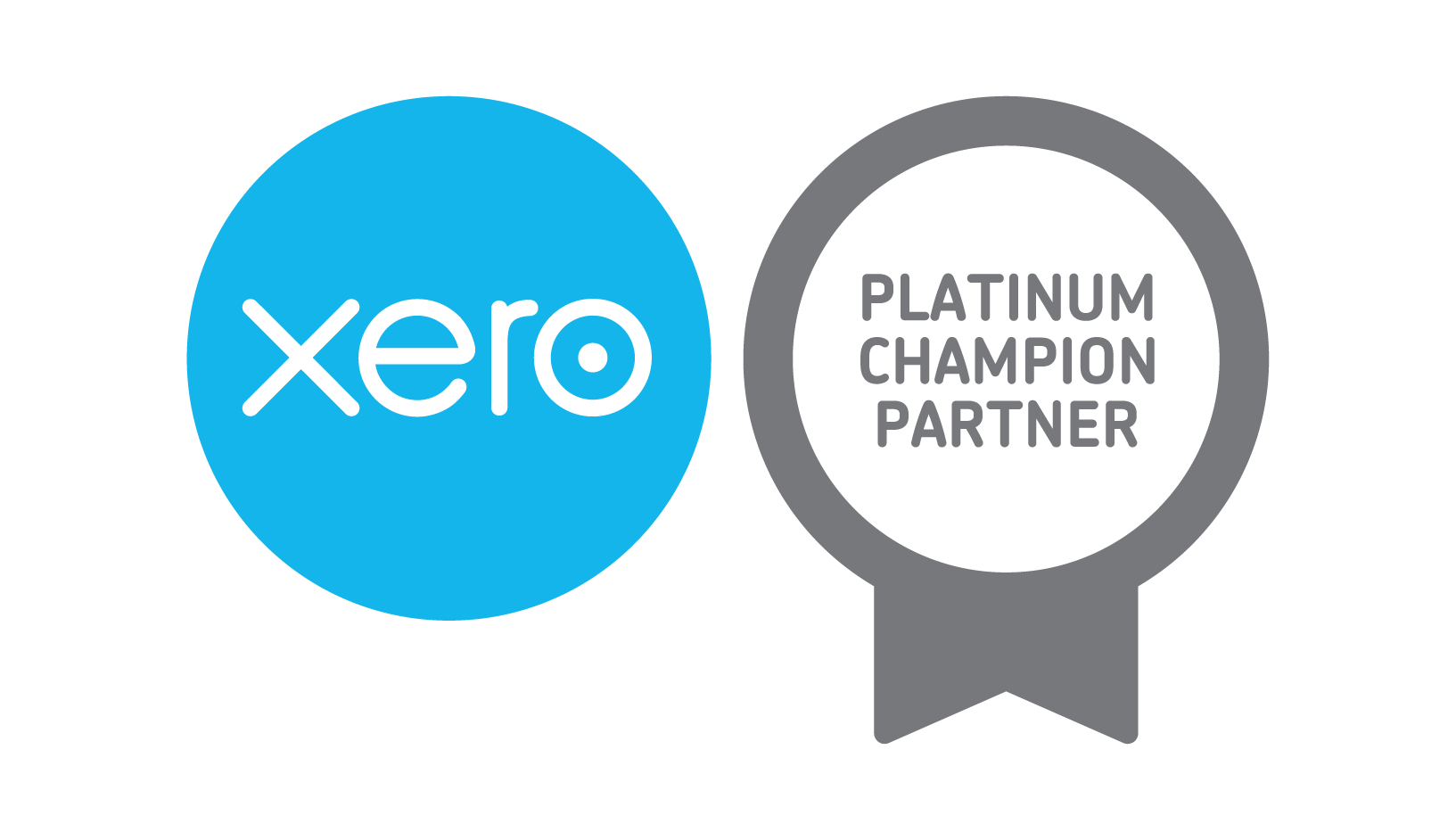LLPs and Partnerships under attack from HMRC anti avoidance rules.
Changes to Partnership Taxation in 2014 have had a significant impact on both LLPs (Limited Liability Partnerships) and Partnerships and how profits are taxed.
This has led to a decrease in the popularity in the use of LLPs with corporate partner structures amongst the SME business community and in some cases the unwinding of existing LLP structures.
Although the rules are already in force, there will be SMEs impacted by these changes that have not taken steps to mitigate the potential additional burden of tax. As HMRC is now actively policing these rules using targeted tax enquiries, there is an absolute need to review structures sooner rather than later and consider alternative structures where appropriate.
This Business Update looks at two of the changes:
- The rules reattributing profits in ‘Mixed Member’ partnerships including LLPs; and
- The ‘Salaried Members’ rules applying to LLPs
1. Mixed Member Partnerships
The Rules
The rules for mixed partnerships (i.e. those with both corporate and individual members) apply to all partnerships including LLPs. These rules seek to reallocate, for tax purposes, that part of the profits allocated to a corporate partner (or member) which represents profits diverted to it from an individual partner where that individual partner of the same partnership (or LLP) has the ‘power to enjoy’ those profits.
The ‘power to enjoy’ is widely defined but, broadly, it would be a fair summary to say that if an individual can benefit economically from the profits allocated to the company, then he has the power to enjoy them. In particular, an individual partner who has control of the corporate partner is regarded as having the power to enjoy the company’s profits.
The rules however permit the corporate member to retain an ‘appropriate notional profit share’. This equates to notional interest at a commercial rate on capital contributed by the corporate member to the partnership, plus arm’s length remuneration for any services provided by the corporate member but, unhelpfully, not if the services involve the individual partner himself.
The Impact
As a result of these rules, individual partners will have to pay Income Tax on those profits reallocated from a corporate member. Equally, corporate members will recognise a corresponding reduction in their taxable profits, and any dividends paid to individuals (with the ‘power to enjoy’) are ignored for tax purposes. The overall result is that the rate of tax on a corporate member’s profits that are reallocated to an individual member will more than double from as little as 20% to as high as 47%. The rules do not just apply to profit making partnerships. HMRC will also actively seek to reallocate losses which have been diverted for tax avoidance to the individual partner rather than the corporate partner to prevent the individual reducing their Income Tax arising on other sources of income.
2. Salaried Members of LLPs
The Rules
The Salaried Member rules are intended to identify members whose terms of service more closely resemble an employment relationship rather than self employment. Such an individual is known under these rules as a ‘Salaried Member’. These rules apply only to UK LLPs and not to general partnerships or to Limited Liability Partnerships formed overseas.
In order to be self employed and avoid ‘Salaried Member’ status, at least one of the three following conditions below must be met by a member:
-
CONDITION A - Variable Profit Share: It must be reasonably expected that a member’s entitlement to a ‘fixed profit share’ or to guaranteed drawings (i.e. their salary) will not exceed 80% of his or her total profit share. In effect at least 20% of their profit share must be truly variable and dependent on the financial performance of the LLP.
-
CONDITION B - Significant Influence: The member must be able to demonstrate that they have significant influence over the direction and management of the LLP.
-
CONDITION C - Capital Contribution: The member must make a firm commitment at the beginning of each tax year to have invested at least 25% of his or her expected salary of that tax year in the LLP’s capital. For members joining an LLP, the commitment must be made on becoming a member and capital contributed must be within two months.
The Impact
As a result of these rules, where an individual is deemed to be a Salaried Member, they are subject to PAYE and Class 1 National Insurance Contributions (NICs) on their income from the LLP. The LLP will also be subject to Class 1 NICs at 13.8% in respect of the Salaried Member’s remuneration but can claim a tax deduction for the cost of employing them. In effect the payment to the member is treated as employment income for tax purposes.
How can Watsons help?
At Watsons we can review your business structure, advise on whether it falls foul of the above rules and recommend steps to mitigate the adverse impact of the changes. If you have not already done so, it is vital to take action now.
HMRC is beginning to investigate LLP structures to ensure the anti avoidance rules have been considered correctly by business owners.
Watsons has the experience to support your business in dealing with an HMRC tax enquiry of this nature.


